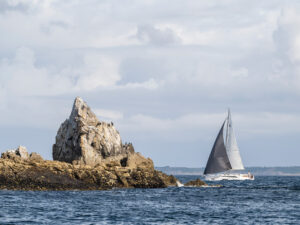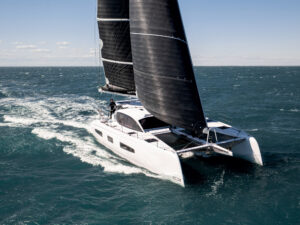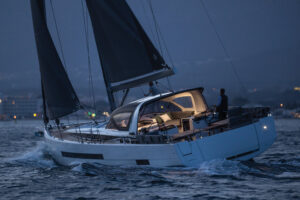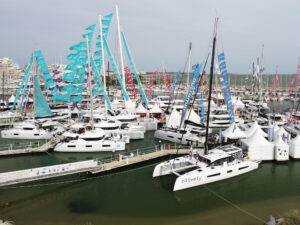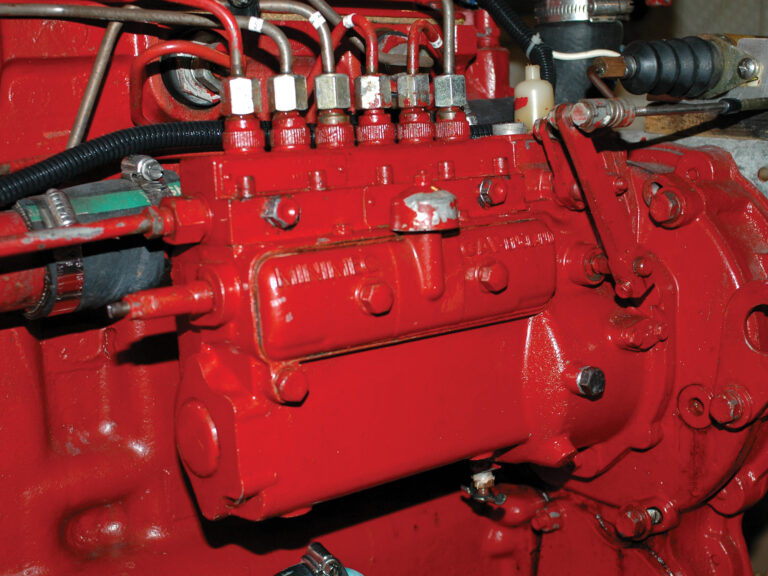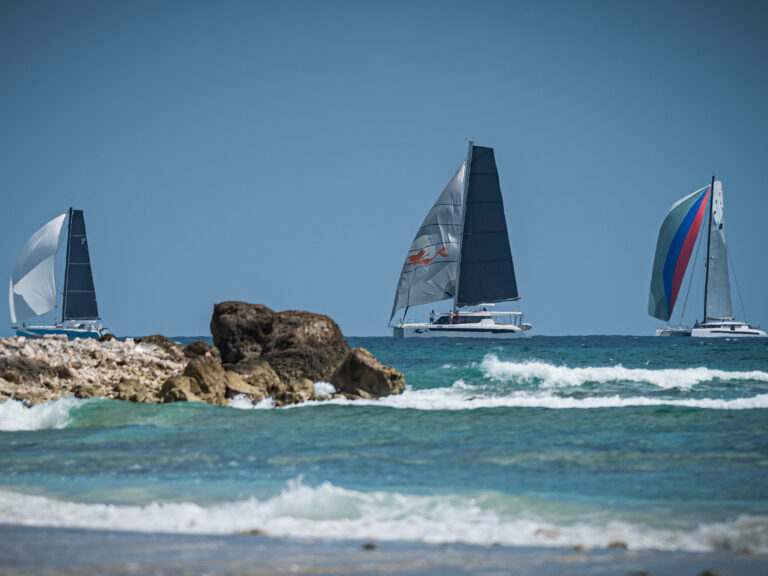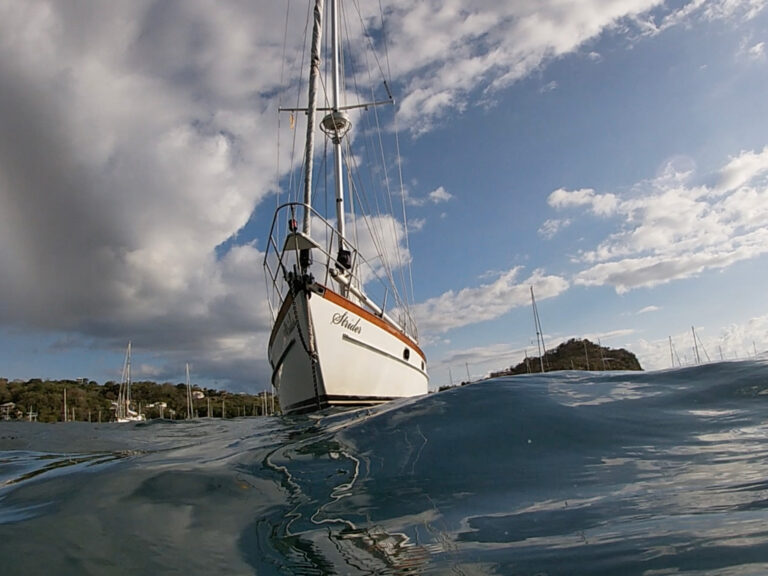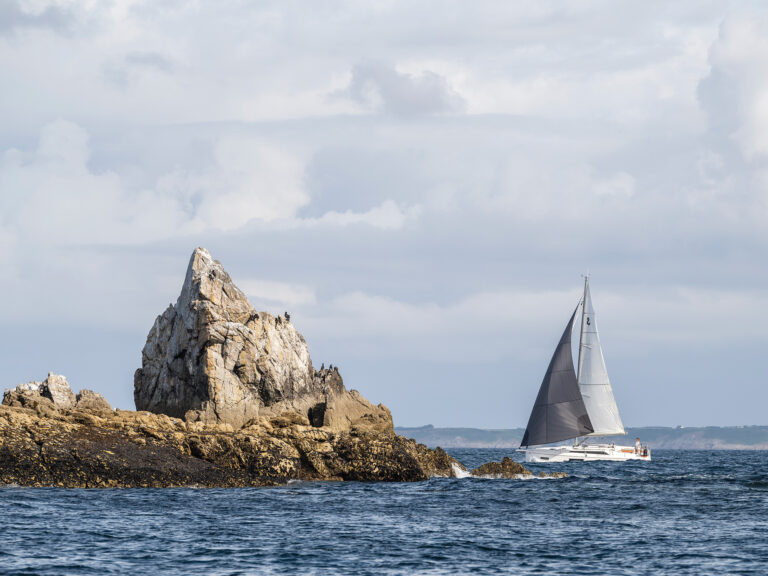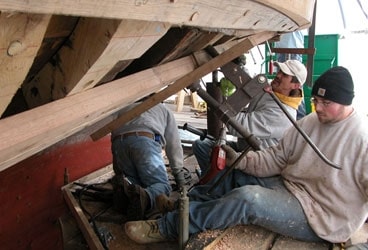
SPMaine368
March is not a month for tourists in Maine. Nevertheless, with snow in the forecast and a likelihood of mud, I headed up north, or is that Down East, for a two-day trek through boatyards where fiberglass is a definite no-no. And it was delightful.
First stop was at the Boothbay Harbor Shipyard (www.boothbayharborshipyard.com). Saved from condos and people from away a couple of years ago by a benevolent investor, the shipyard’s 750-ton railway is a magnet for interesting projects, primarily of the large variety. This spring, the crew is working on two schooners, Shenandoah and J. & E. Riggin, an 85-foot Fife, Belle Aventure, as well as several smaller projects, including a freshening up of the 1901 New York 30 Alera. And if anyone’s bored, there’s always the yard’s 1948 sardine carrier that needs to be turned into a boatyard tender.
Shenandoah is a 108-foot schooner that sails out of Martha’s Vineyard. The day I visited, she sat in the railway as workers crawled along scaffolding, replacing her planking from the waterline up with white oak. Hot from the steamer, each plank had to be bent and clamped in place and then a fellow who looked like he’d sleep very well at night used an impact hammer to drive home fasteners at each frame member. Before the boat’s relaunched later this spring, two-thirds of Shenandoah’s topside frames will have been replaced, all the stern frames replaced, and a new transom built. She’ll have new bulwarks and cap rail, and the bottom will be refastened, as well.
Next door sat J. & E. Riggin (www.mainewindjammer.com) of Camden, just about ready for a paint job. Last fall, she was due to have rot in her bow repaired, but before she could make it to the yard, two kids in Rockland, where she was tied up, thought it would be a good idea to untie her one night. As the tide came in, the boat floated along a pier and her bowsprit was caught underneath it, crushing much of the bow as the water rose. According to my tour guide, captain and project manager David Thompson, many of the crew at work on the J. & E. had come down from the other windjammers in Camden to help the owner get her painted.
Inside a building that was raised 6 feet to handle the job, Belle Aventure’s shapely curves towered above us as workers stripped and painted the boat’s exquisite interior woodwork and revarnished the brightwork on deck. Part of the job included repairs to the ketch’s 100-foot tall main mast, which needed a new section, some 80-feet long, to be scarfed into place. In addition to raising the roof of the building, to get the Fife job the shipyard had to install its own fire-suppression system consisting of two 10,000-gallon water storage tanks to insure there’d be enough water in case of a disaster.
In all, the shipyard employs about 50. One of the perks of working in a shop that buys its lumber by the tree rather than the board, said Dave, is that there’s always firewood to take home.
Early the next morning, with snow falling and the roads slushy, I danced my way north amid the big scary trucks to Belfast and the waterfront offices of French & Webb (www.frenchwebb.com), where Todd French, Peter Webb, and crew are painstakingly restoring three turn-of-the-last century, Herreshoff-designed Buzzards Bay 30s. Of the 14 originally built, only five remain accounted for. One is being restored this winter in Vermont and the fifth is sitting outside the shop in Belfast, waiting for an owner.
The appetizer for this wooden-boat feast was served in the spar shop, where three new, hollow, 50-foot spruce masts, 36-foot booms, and 28-foot gaffs gleamed with their coats of varnish. They’ll replace the old, solid spars that were not salvageable.
The main course was set a few buildings over, where the three boats sat side by side, surrounded by staging, as if on a production line. All had been wrecks when they arrived at French & Webb. One had been pulled from a swamp in Florida and sported a plywood box with an air conditioner on top. Not yachty. Now, their new owners are committed to returning them to their original splendor and are splitting the renovations bill three ways.
Work began on the 47-foot LOA racers in 2006. Carefully, the boats were taken apart; molds held the planks in place as the ribs were removed, then when the new ribs were in place, all of the planking was redone using cyprus and Douglas fir, with a layer of heavy shellac between for bonding. As they fit out the interior, in many instances, said Todd, they had to go out and make the fittings and hardware because items like square-headed bolts, common then, are no longer available.
For this particular project, the idea was to restore rather than rebuild and upgrade. Thankfully, Nat Herreshoff’s plans were available from MIT in Cambridge, Massachusetts. Using the drawings, Todd and Peter have been able to even recreate many of the castings and other hardware that had to be replaced. Besides better materials with which to work and a few minor alterations to strengthen and keep watertight areas such as the stemhead, the only concession to modern times has been the addition of a small diesel engine in each boat.
Todd predicts a party of some magnitude on June 22, when the boats are rolled out of the shop and down to the town landing, where they’ll be launched. The trio should create a stir at some of the traditional regattas in the Northeast this summer before they go their separate ways to grace the homeports of their owners.
From Belfast, I worked my way back south, making a stop by Alison Langley’s new photography studio in Camden (www.langleyphoto.com). If you’re in the area, be sure to stop and see her latest show depicting boat building in Maine.
From there, it was off to Rockport Marine (www.rockportmarine.com), which is building a replica of what’s being billed as the first ship to be launched in America (circa 1670). The 54-foot Adventure was commissioned by the state of South Carolina, to be used for historical education in Charleston. She was designed by William Baker and will be built entirely of wood from American forests, with white oak on oak framing and planks. Head rigger and tour guide Tom Kiley said nearly everything for the project is to be constructed in house, from the boat’s frame to period-correct deadeyes and wooden blocks to a decorative anchor that will sit on deck.
Nearby, a 32-foot, Outward-Bound-style pulling and sailing boat was under construction. With its strip planking complete, Imi Loa was nearly ready to be rolled over so that eight rowing stations could be built. When the interior and sail rig are complete, the boat’s headed for an education program in Hawai’i.
Meanwhile, work is all but finished on Bernice, a 1916 P-class racer. She was very tired when she arrived at the yard, where most of her planking and frame was replaced during a 15-month restoration. If you’re on the water near Larchmont, New York, this summer, look for her distinctive waterlines loping along Long Island Sound.
Jill, a 1931 six-meter sloop designed by Olin Stephens, was also keeping the crew busy on what had evolved into a grey spring day. With little left of the original boat but the lead from the keel, workers have been painstakingly laying cedar and mahogany planking over a delicate oak frame. The day I visited, work was ongoing on the deck so she’d be ready to join the rest of the rejuvenated six-meter fleet that has been capturing eyeballs along the Maine coast during recent summers.
All said, though my visit didn’t include majestic mountains, granite outcrops, or lobster-pot strewn beaches, maybe March isn’t such a bad month to go sightseeing in Maine.

